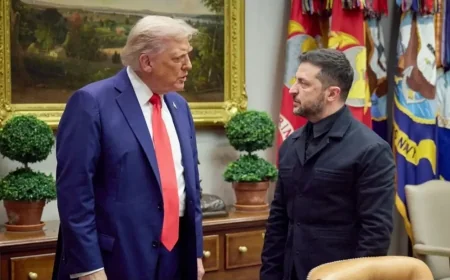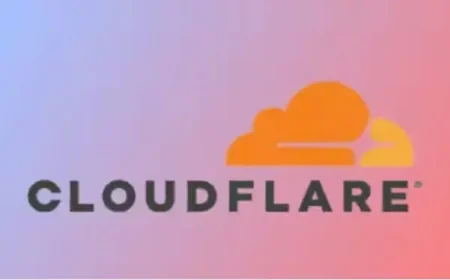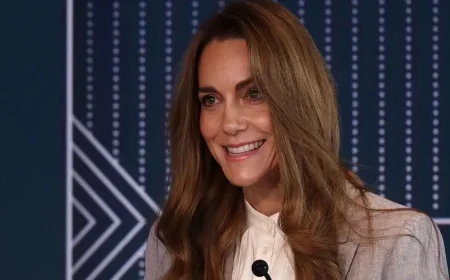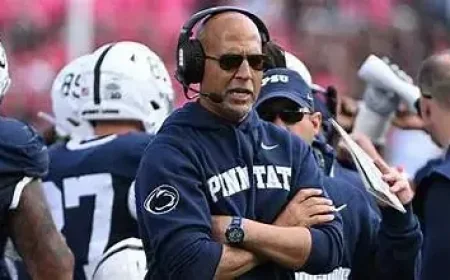Federal employees will resume their paychecks. National parks will reopen. Government services that were completely shut down or suspended will resume. Air travel, which had become a nightmare for many Americans, will now be a mere disappointment.
When the dust settles and the ink dries on President Donald Trump's signature on the funding bill, what has this record-breaking shutdown achieved? And what has it cost?
Senate Democrats, despite being in the minority in the House, succeeded in prolonging the shutdown by using the parliamentary filibuster and refusing to accept a Republican proposal to temporarily fund the government.
They drew a line in the sand, demanding that Republicans agree to extend health insurance subsidies for low-income Americans, which are set to expire at the end of the year.
When a handful of Democrats broke ranks on Sunday to vote to reopen the government, they got nothing in return — the promise of a Senate vote on subsidies, but no guarantee of Republican support or the necessary votes in the House of Representatives.
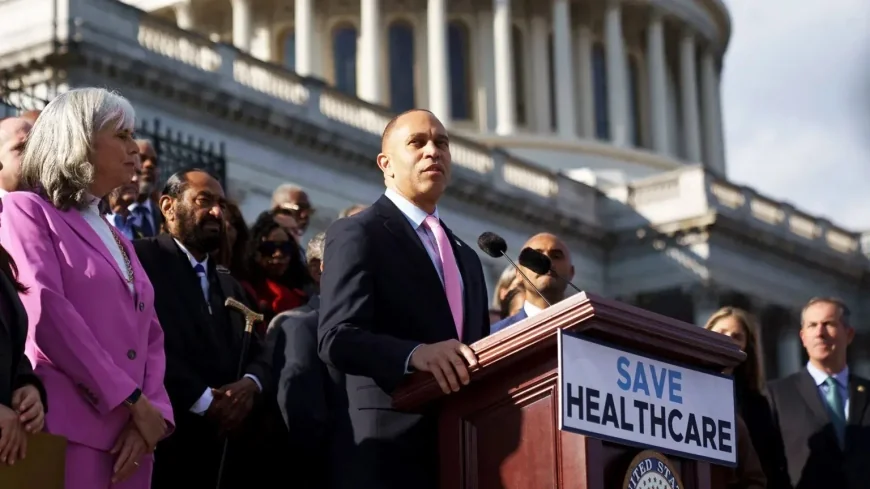
 Like
0
Like
0
 Dislike
0
Dislike
0
 Love
0
Love
0
 Funny
0
Funny
0
 Angry
0
Angry
0
 Sad
0
Sad
0
 Wow
0
Wow
0

